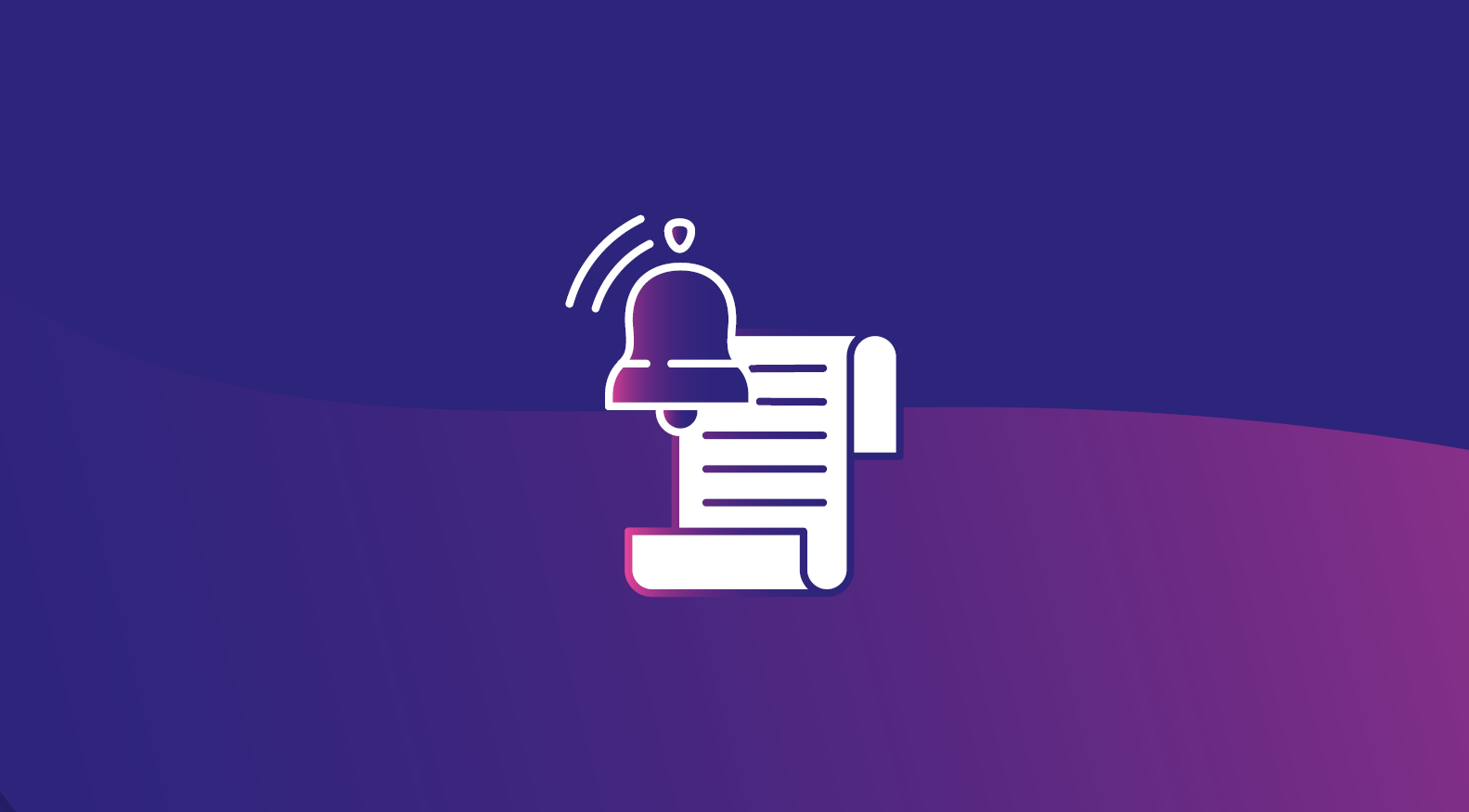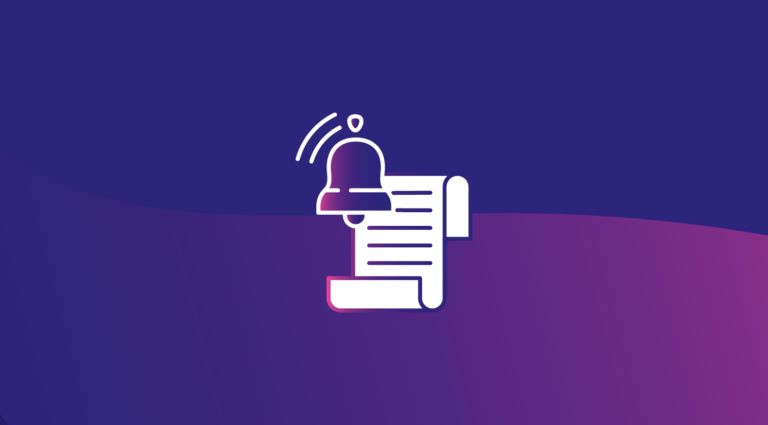Legal updates
Weathering the storm: a guide for employers when navigating contractor insolvency
3 April 2025

This website will offer limited functionality in this browser. We only support the recent versions of major browsers like Chrome, Firefox, Safari, and Edge.
Legal updates
3 Apr 2025

Thought leadership
3 Apr 2025
Thought leadership
1 Apr 2025

See what’s coming up, register for the events that matters to you and discover our range of on-demand content.
See upcoming events
Essential listening for you and your organisation.
Discover our range of podcast series and subscribe to make sure you don’t miss an episode.
Listen now